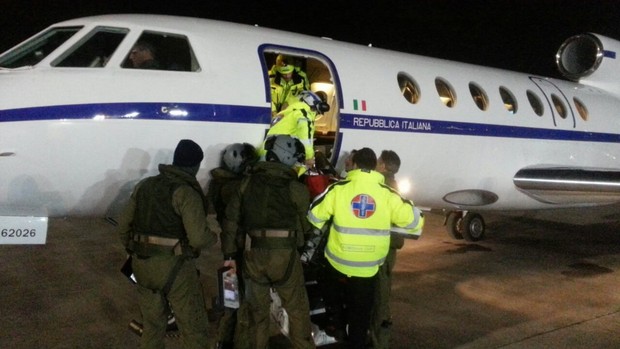
Effect of Prehospital ALS on Outcomes of Major Trauma Patients
Does prehospital advanced life support (ALS) improve the survival of major trauma patients and whether it is associated with longer on-scene times?
A study carried out by the University of Southern California School of Medicine, Los Angeles (US) showed what is the survival rate of major trauma patients who underwent to ALS associated to longer on-scene care.
ALS on major trauma patients added to long on-time care. Methods and results
A 36-month retrospective study of all major trauma patients who received either prehospital bag-valve-mask (BVM) or endotracheal intubation (ETI) and were transported by paramedics to our Level I trauma center. Logistic regression analysis determined the association of prehospital ALS with patient survival.
The results are the following. Of 9,451 major trauma patients, 496 (5.3%) had either BVM or ETI. Eighty-one per cent received BVM, with a mean Injury Severity Score of 29 and a mortality rate of 67%; 93 patients (19%) underwent successful ETI, with a mean Injury Severity Score of 35 and a mortality rate of 93%. Adjusted survival for patients who had BVM was 5.3 times more likely than for patients who had ETI (95% confidence interval, 2.3– 14.2, p 5 0.00). Survival among patients who received intravenous fluids was 3.9 times more likely than those who did not (p 5 not significant). Average on-scene times for patients who had ETI or intravenous fluids were not significantly longer than those who had BVM or no intravenous fluids.
In conclusion, ALS procedures can be performed by paramedics on major trauma patients without prolonging on-scene time, but they do not seem to improve survival.
READ ALSO
SOURCE

